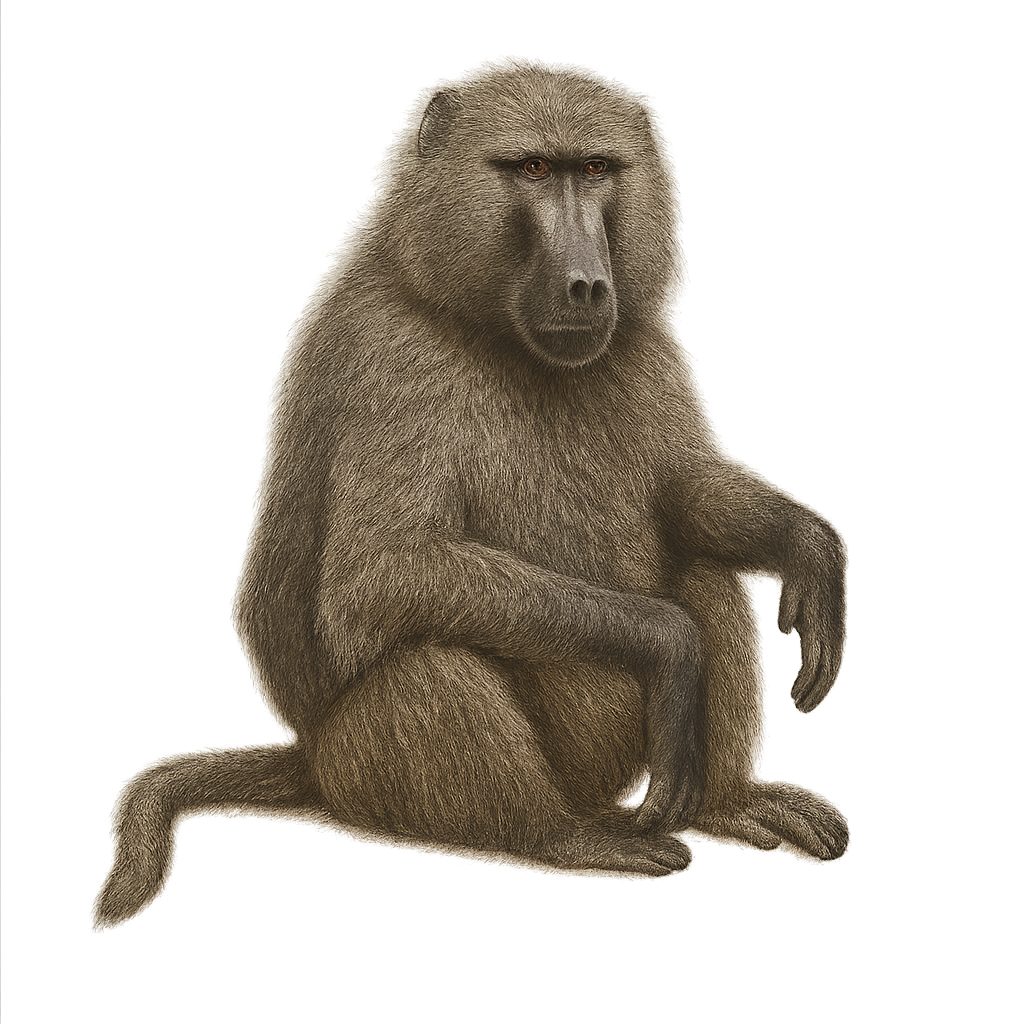Your wildlife photography guide.
Explore the chacma baboon in detail, study its behavior, prepare your shots.
Where to observe and photograph the chacma baboon in the wild
Learn where and when to spot the chacma baboon in the wild, how to identify the species based on distinctive features, and what natural environments it inhabits. The WildlifePhotographer app offers tailored photography tips that reflect the chacma baboon’s behavior, helping you capture better wildlife images. Explore the full species profile for key information including description, habitat, active periods, and approach techniques.
Chacma baboon
Scientific name: Papio ursinus

IUCN Status: Least Concern
Family: CERCOPITHECIDAE
Group: Mammals
Sensitivity to human approach: Suspicious
Minimum approach distance: 10 m
Rut period: June to August
Gestation: 185-190 jours
Births: December to February
Habitat:
Savannas, open forests, rocky areas
Activity period :
Primarily active during the day, with peak activity in the morning and late afternoon.
Identification and description:
The chacma baboon, Papio ursinus, is a primate from the Cercopithecidae family, widely found in southern Africa. It is recognizable by its gray-brown fur and dark face, often surrounded by a lighter mane in males. Chacma baboons live in complex social groups that can number up to 100 individuals. They are omnivorous, feeding on fruits, seeds, insects, and small vertebrates. Their habitat ranges from savannas to open forests and rocky areas. Known for their intelligence, they can adapt to various environments, including urban areas. Although sometimes considered pests, they play a crucial role in their ecosystem.
Recommended lens:
400 mm – adjust based on distance, desired framing (portrait or habitat), and approach conditions.
Photography tips:
To photograph the chacma baboon, it is advisable to use a telephoto lens of at least 400mm to capture detailed images without disturbing the animal. Since baboons are primarily active during the day, natural light is often sufficient. Opt for the golden hours of morning or afternoon to achieve soft and flattering light. Be discreet and patient, as these primates are suspicious and may move away if you approach too abruptly.
The WildlifePhotographer App is coming soon!
Be the first to explore the best nature spots, track rutting seasons, log your observations, and observe more wildlife.
Already 1 428 wildlife lovers subscribed worldwide

